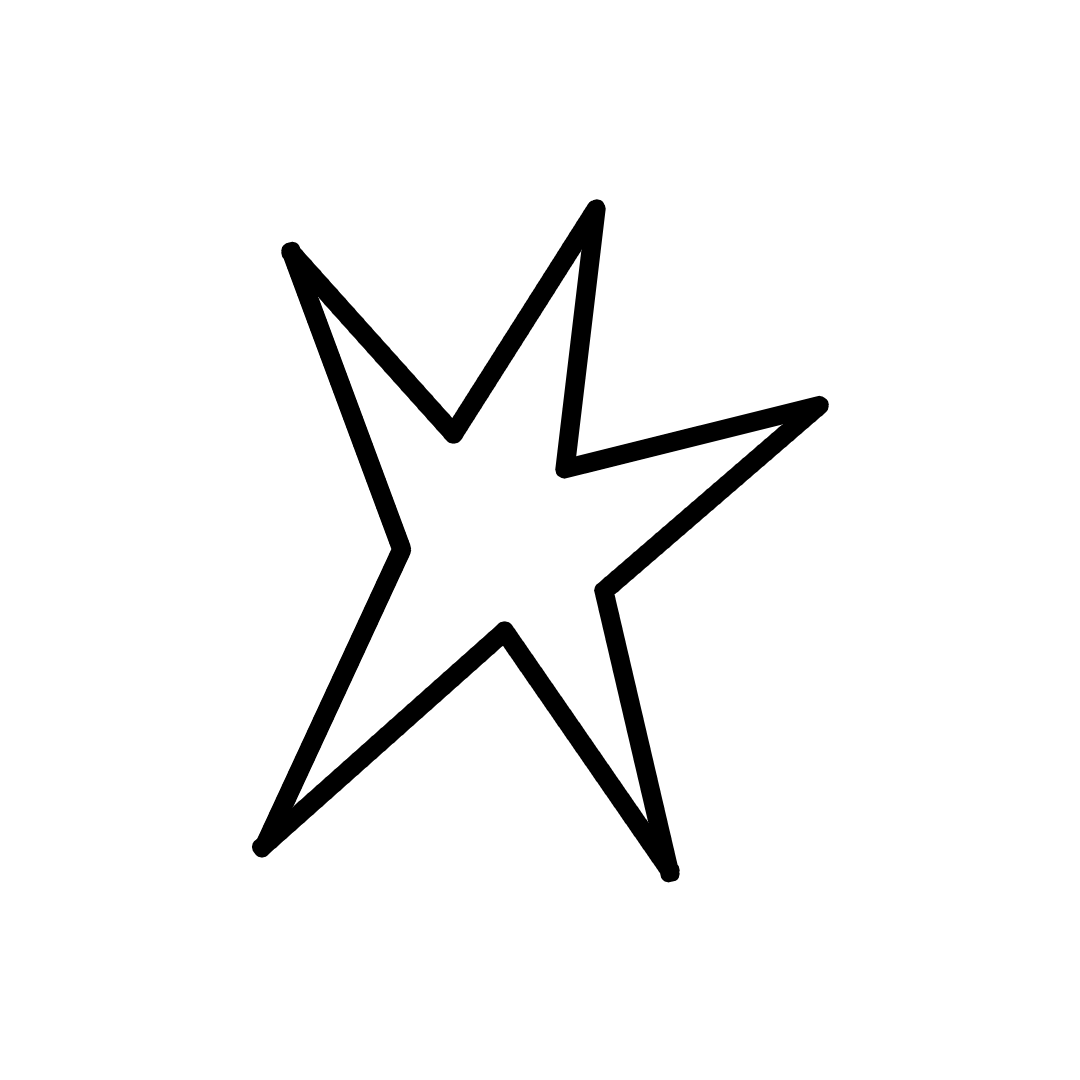Jason Lipow
Jason Lipow is a multi-disciplinary artist and educator whose practice incorporates two-dimensional and object-based media. Lipow grew up in southeastern Pennsylvania, and lives and works in upstate New York. He holds an MFA in Painting from Boston University (2022), and a BA in Studio Art and Creative Writing from Brandeis University (2017), where he completed a thesis in painting (summa cum laude).
His professional experience includes work as a teaching assistant at Boston University, as a preparator for the Michener Art Museum in Doylestown, PA and the Boston University Stone Gallery, and as a gallery guard for the Isabella Stewart Gardner Museum in Boston, MA, in addition to freelance carpentry, fabrication, and art-handling projects. He currently teaches painting and studio art as a Part-Time Instructor of Art at Syracuse University.
Photo and rainbow by Chen Peng.
Dress for the Art You Want, not the Art You Have
by Jason Lipow
12/15/2022
The first image I see as I open the page for Flat Rate Contemporary 15 is a horse. A grayscale horse with Iggy Pop hair and yellow rainboots. The boots, I think, must be important. There’s no rain in the painting, just a grid. Maybe the mare is making a statement against the rigidity of a grisaille study. Or maybe she’s a fashionista.
I wonder if the horse subject of Paul Kenneth’s Puddles picked the boots out for herself, or if she received them from a doting horse-girl caretaker. They don’t sell shoes in pairs of four at Marshalls – this was a very intentional wardrobe decision.
Paul Kenneth must be a horse-girl.
Throughout FRC15, I am consistently greeted with casual, self-aware absurdity.
In Rice Evans’s Daisy by Marc Jacobs Ad Recreation 2, Evans juxtaposes the original ad’s depiction of a woman in orgasmic veneration of an oversized perfume bottle with her own ludicrous attempt at the feminine divine: a woman in shades and a two-piece swimsuit kneels in a kiddie pool as she holds a more provisionally crafted “Fragrance for Women” above her head like a trophy, or a beach ball. The cigarette that dangles from her disinterested pout gives her an air of apathetic sophistication that puts Marc Jacobs to shame.
The works in FRC15 are ironic, but not in a way that makes me feel left out of a joke. Their punchlines roll as though accompanied by a snicker or an elbow-nudge from a friend, too playful and warm for privileged exclusivity. They seem to poke fun at conceptual drivel and elusive meaning – what has become for the contemporary art market necessary pedigrees of an artwork’s cultural and monetary currency.
As I look through the images of Thomas Lewis’s paintings and sculptures, I notice that he has emblazoned each with bright red on yellow invitations to buy: “1993 Ford for Sale”, “Call Now”, “SALE”. The solicitations are embedded within the images, not literal invitations for purchase, but they give clarity to the situation of both Lewis’s subjects and the artworks themselves within a broader market. The works remind me that I might be too uncultured to fully ‘get’ his work, but I am never too stupid to make a purchase.
A few years ago, I stumbled across a video produced for Tate Modern in which the fashion icon Iris Apfel walks viewers through the process of coordinating her outfit for the occasion of the 2014 exhibition Henri Matisse: The Cut-Outs:
I went through the book and I went through all the photos of the marvelous things you're going to have in the exhibition. I kind of got a feeling and a spirit overtook me, and then I looked at this coat and I thought my god, that's so Matisse-y!” (Iris Apfel Dresses for Matisse, 2014).
Now, every time I see the leaf of a monstera plant, or any vaguely cartoony looking foliage, I can’t help but think to myself “My god, that’s so Matisse-y!” The more I look for Matisse-y leaves in the FRC15 exhibition, the more I find them:
In the sharp, curvy contours of Francine Banda’s iconographic paper pulp and ceramic forms.
The flat, leafy negative shapes of Hannah Petkau’s drawings.
The neon glow of Emily Held’s Cosmic Fruit.
The forest shelter for SK Reed’s Creature IV.
And the literal plants sprouting from Thomas Lewis’s ceramic Ford van.
I don’t know what to make of Ryan Crudginton’s “Cosmos Controller” (priced at a sensible $444). It’s Matisse-y too, for some sort of playful reason, but doesn’t have the same embrace of plant-life. It looks like it belongs to the cockpit of a spaceship made of Play-Doh.
Sometimes, abstraction has a coldness and distance in its reduction. I think that what unifies the works, and maybe what gives them their “Matisse-y” quality, is that they use iconographic languages of reduction and simplification as sources of playfulness and humor. The works aren’t pretentious - their reductive qualities have an effect of quirky shorthand, not formal essentialism.
At first glance, I thought that Shane Taremi’s works appeared unusually rigid next to the other works chosen for this exhibition. As close-cropped studies of high-rise facades, they seemed to treat their subjects superficially - not as studies of a particular building’s character or history, but as tools for the creation of geometric design. While each photograph teeters on the edge of becoming a formal composition, each has its own pressure-release valve: tiny figures absorbed by their thoughts, or phones, oblivious to the architectural behemoths that dominate the spaces behind them. I wonder if it is Taremi’s goal to take away the power and dominance of the high-rise facades – to prick a hole in the rigid formality of the urban landscape, like dressing a grisaille horse in yellow rain-boots.











